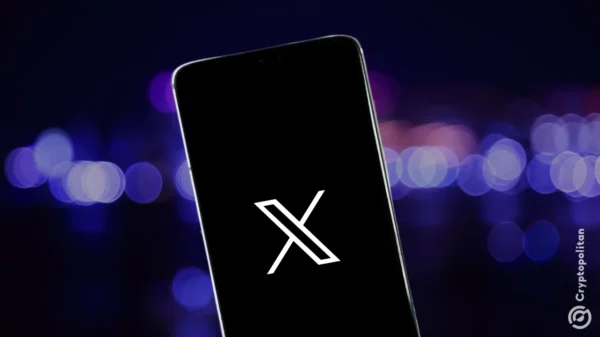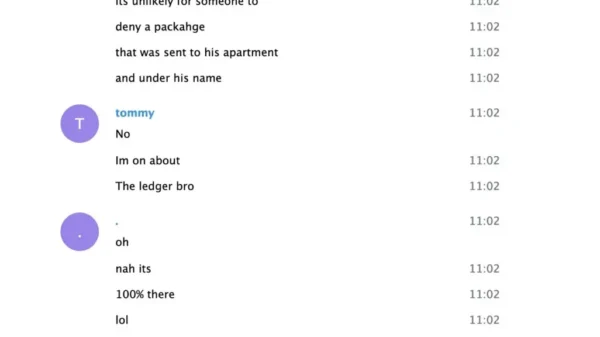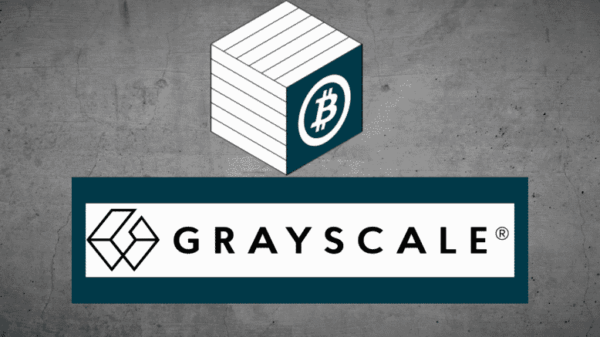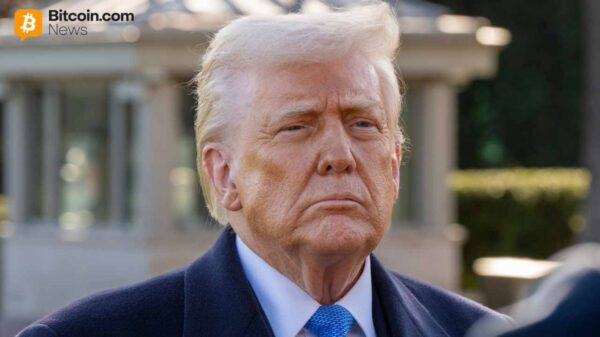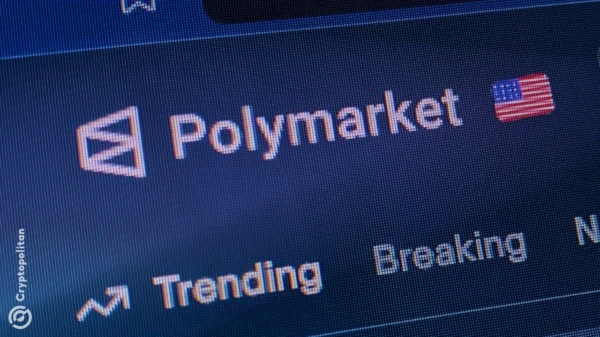The MSCI is currently assessing whether companies that maintain significant reserves of Bitcoin (BTC), Ethereum (ETH), and Solana (SOL) should be reclassified as investment funds instead of traditional enterprises. This potential reclassification could have profound implications for firms like Michael Saylor”s, which leverage Bitcoin as part of their treasury strategy.
Michael Saylor has publicly responded to the MSCI”s consultation, firmly stating that his organization operates as a conventional business and not as a fund or trust. In his remarks, Saylor articulated that the focus of his company is on innovation and value creation, rather than merely holding assets. He emphasized that their approach considers Bitcoin as “productive capital,” aimed at long-term growth.
The MSCI”s review could lead to significant changes in the classification of companies that possess substantial cryptocurrency reserves. If companies holding these assets are deemed investment vehicles, they might face exclusion from major equity indices such as the MSCI USA and MSCI World. This would represent a notable shift in the MSCI”s perspective on these entities, currently categorized as traditional businesses.
Saylor”s firm has raised considerable capital through public offerings of digital credit securities, underscoring its proactive role in financial markets. He argued that no passive fund or trust could replicate the operational dynamics of his company, which actively engages in innovation and business development.
The MSCI”s consultation may also extend its scrutiny to treasury companies associated with Ethereum and Solana. Firms like BitMine, which hold sizable cryptocurrency assets, could similarly be evaluated. These companies often engage in staking and operate validators, which may further distinguish their business model from traditional funds.
With the ongoing evolution of the cryptocurrency sector within conventional financial frameworks, the MSCI”s decision is anticipated to have lasting effects on how the market views these unique treasury strategies. The final ruling is expected by January 15, 2025.

